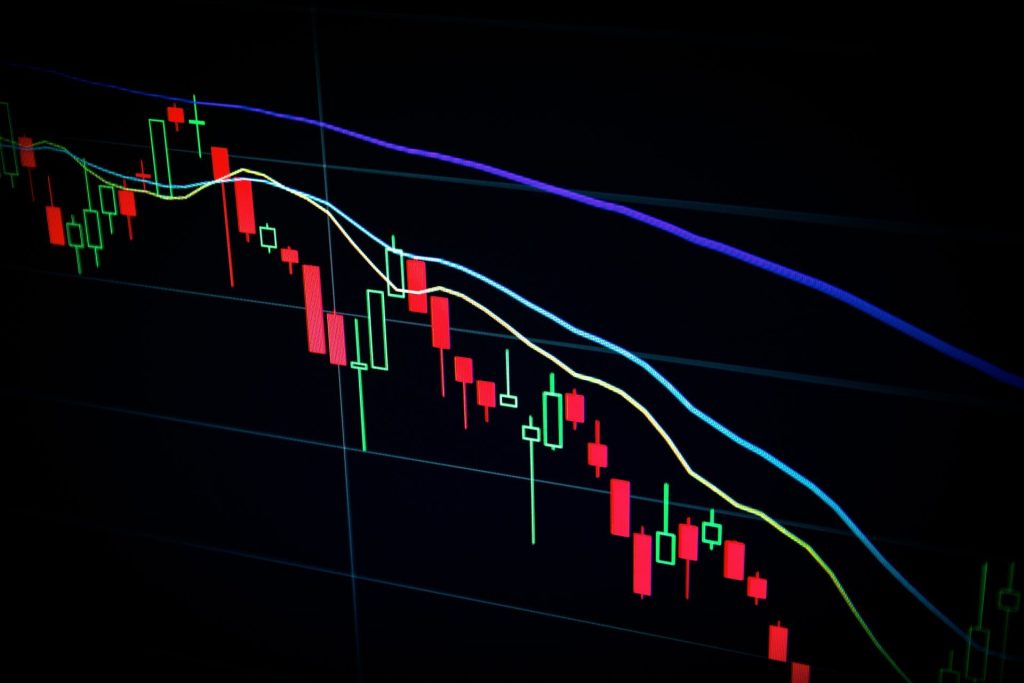What Matters? – Daily Business

With new trading platforms launching almost monthly, the choice for active traders has become increasingly complex. From sleek interfaces to aggressive marketing claims, every provider promises speed, insight, and profitability. But as any experienced trader knows, success comes from structure and tools — not aesthetics or slogans.
Choosing the right platform is not about chasing features but identifying the few factors that consistently support performance and risk management. In 2025, with volatility across asset classes and increasingly fragmented global markets, here are the core criteria that truly matter — and how serious platforms measure up.

 Photo by Maxim Hopman on Unsplash
Photo by Maxim Hopman on Unsplash1. Execution Speed and Stability
Delayed execution is not an inconvenience — it’s a direct cost. Whether you’re scalping, swing trading, or managing positions in volatile markets like crypto or commodities, execution speed and platform uptime are non-negotiable.
A good example is Grimbix, which has prioritized execution latency across all its interfaces—desktop, mobile, and browser. Orders are processed in real-time without lag during volatility spikes, which is critical for traders operating in fast-moving conditions, particularly in FX and digital assets.
2. Asset Diversity and 24/7 Access
In 2025, traders will need to move across asset classes to adjust to market shifts—from forex pairs influenced by diverging rate cycles to commodities driven by supply shocks and cryptocurrencies responding to sentiment.
Platforms must provide access to a wide range of instruments, not just the standard offerings. Grimbix, for instance, provides over 125 tradable assets, including major/minor FX pairs, global indices, metals, energy, and top-tier cryptocurrencies. It also allows 24/7 trading in markets that demand it, like crypto, a key differentiator many platforms still lack.
3. Transparent Spreads and Leverage Structure
Many new platforms lure traders in with “tight spreads” or “high leverage,” — but the real question is how consistently those spreads hold in live markets and whether the leverage model is appropriate for different asset classes and trader levels.
Grimbix offers variable spreads across accounts and asset types but matches those with clear margin requirements and risk controls. For professional traders, the ability to use up to 500:1 leverage on certain account types matters — but only when it’s embedded in a platform that respects position sizing and volatility management.
4. Multi-Platform Accessibility and Consistency
Being tied to a single device is a serious drawback in 2025. Traders must have a platform that performs equally well on mobile, desktop, and web — with synced data and order management across all environments.
Grimbix delivers on this by offering native apps, a browser-based terminal, and installable desktop software. Features like charting tools, watchlists, and alerts function identically across interfaces — something surprisingly rare even among legacy platforms.
5. Risk Management Tools Built-In
Advanced risk control shouldn’t require third-party plugins. Platforms must allow users to structure stop-losses, take-profits, margin alerts, and trailing stops directly inside the trade ticket. In volatile sessions, these tools are not optional — they are the difference between survival and a wiped account.
Grimbix integrates these features across all accounts, regardless of deposit size. This is especially helpful for mid-level traders who operate with active risk control but aren’t using institutional software.
6. Support That Understands Trading
Finally, platform support should be more than a chatbot or an outsourced email desk. When execution fails, margins spike or errors occur, traders need rapid, informed responses.
While many newer platforms outsource support entirely, Grimbix maintains dedicated account management and live support for most account tiers, with 24/7 service available at higher levels — a structure more commonly seen in institutional brokerages than retail-first apps.
Ignore the Noise, Follow the Framework
Choosing a trading platform is a strategic decision. It defines how you manage risk, how you access markets, and how effectively you can execute your strategy. In a landscape flooded with promotional hype and shiny dashboards, traders should focus on fundamentals:
Platforms like Grimbix, which score well across these benchmarks, don’t rely on slogans or aggressive promotion. They simply deliver the infrastructure traders need to operate with control, clarity, and consistency — and in 2025, that’s what matters most.
#Matters #Daily #Business





